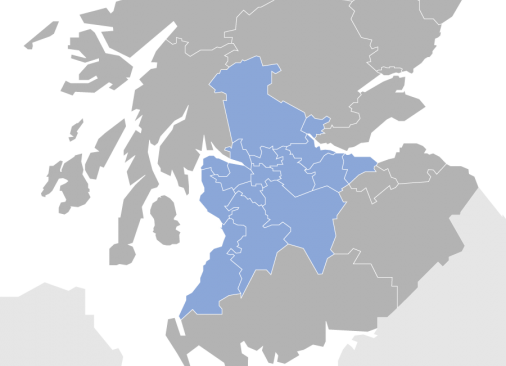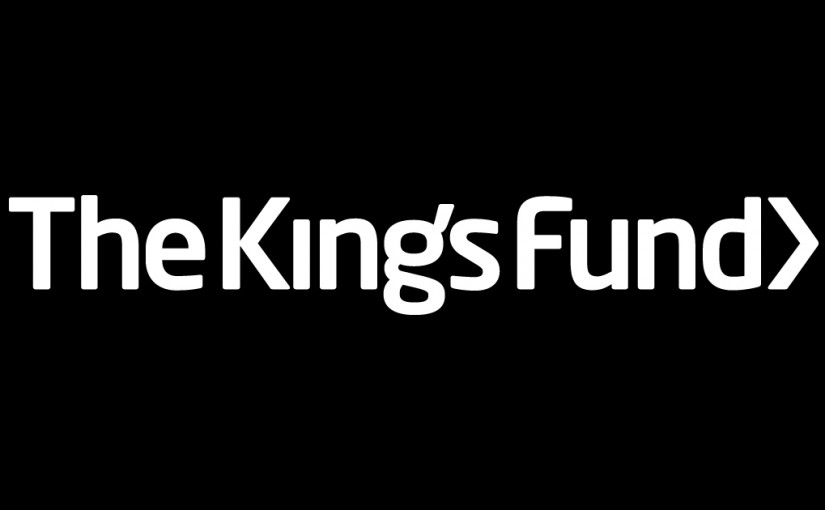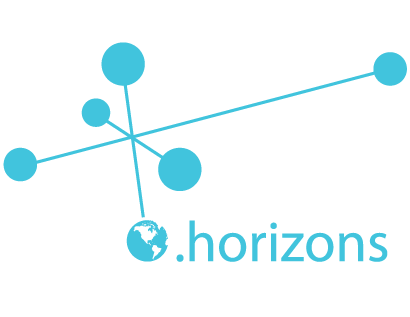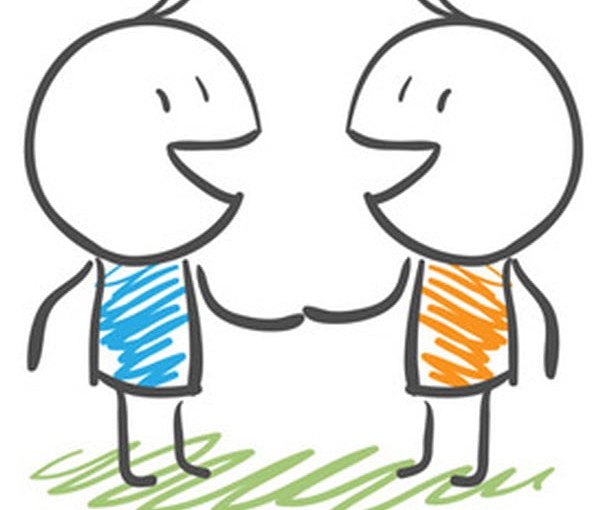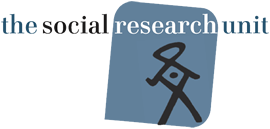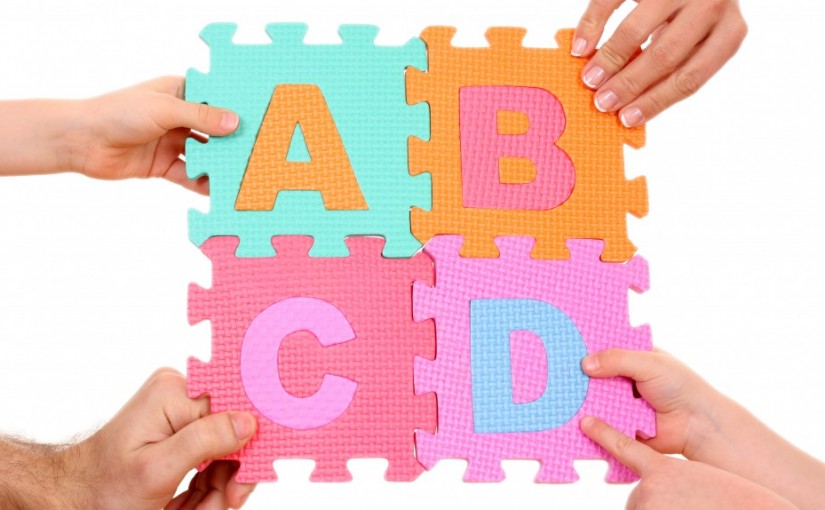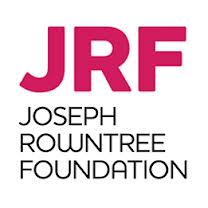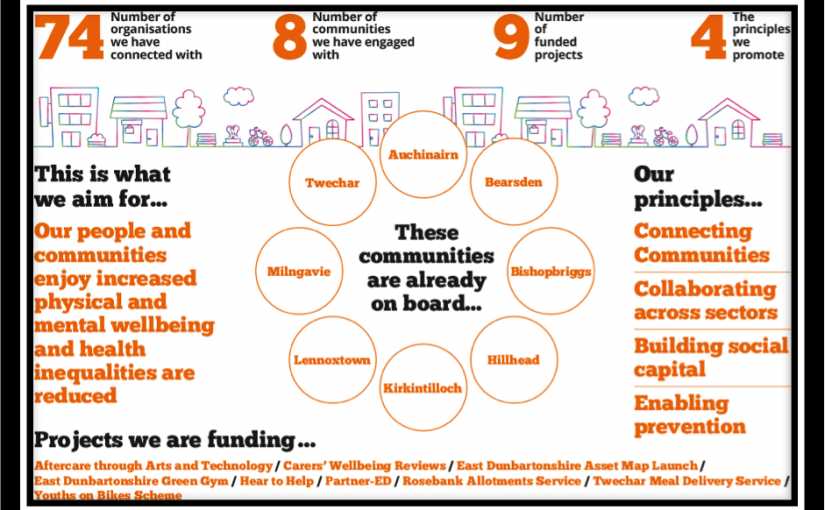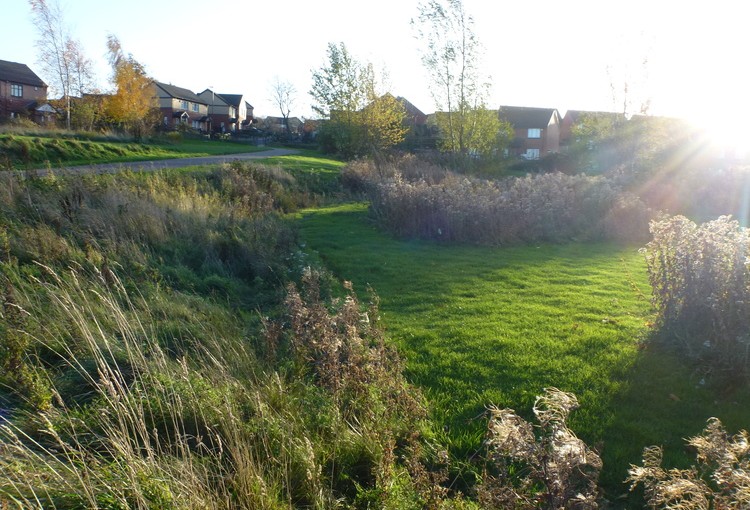This project is about genuinely building the work from the bottom up – which means no pre-determined theme or topic – just responding to local needs and issues. Its a new approach because it also means working across different agents in the system – taking a ‘deep-dive’ approach – to see what change we can actually make together over a longer period of time.
Open or predetermined?
That said, at the initial stage, we didn’t have a name for the project, a specific theme, or a partner. This is because we hoped to collaboratively design this shared piece of work. We wanted to make sure that the collaborative approach is modelled through the project from the very start to the very end.
The trouble with this is being open enough to engage people’s curiosity about the work, but not being too vague as to put people off. And, we’ve found that the balance between being clear/easy to understand, and being open/not determined is hard to do.
First steps…
As a first step we put together some text. We agonised over this internally, trying to make sure that there was enough of a ‘hook’ to show peopel that we are serious and committed to the work, but also giving enough space to enable people to see how this could link in with local priorities.
Seeking feedback
We decided to ask a group of critical friends for feedback. And thank goodness for that! This feedback was both fascinating and invaluable. We received comments ranging from ‘you need to be more specific’, to ‘people will want to know more before they engage’, and ‘isn’t this best teased out in conversation, rather than an application process?’, ‘is the substance of this work per-determined?’. In our view, the perceptions from he group we’d engaged with represented a spectrum of attitudes towards project management, tolerance of risk and comfort with uncertainty. Many of these attitudes had been represented within Iriss too.
Specificity
In part due to the fact that we were unable to be specific about the substance (topic of the work, we’d ended up being too specific about our own ideas for how the work might pan out. To some extent we were conscious that because we’re not offering any additional funding for this work, that we’d need to sell ourselves – but it had the opposite effect. Unfortunately, feedback suggested that this actually read as ‘us’ and ‘them’ rather than being the explicit message that we’d hoped to impart about it being a collective ‘we’ relationship. It meant that many were left asking themselves questions around the extent to which the work is something that we were inviting people to participate in, or if our ambition was to co-design the whole thing. Similarly, there were some questions about our role – would Iriss be there to evaluate/ research? Would we enable existing work that was proving difficult to get off the ground? or, would our role be to co-design a new, shared piece of work which we’d develop together for the purpose of learning/making local progress? As a team, we were clear that the role was the latter, but this prompt was useful to enable us to clarify our intention and be explicit.
Critical Friends
We are drawing on the knowledge and expertise from a range of critical friends who will support us as this project takes shape. Their job is to contribute knowledge and expertise from other areas of work. This will involve bringing new ideas, or helping us to make good links and connections nationally. Our critical friends are from a range of organisations including: Glasgow Centre for Population Health, the Joint Improvement Team, SCVO, Stirling University, Leading Room, Scottish Government and Outcome Focus.
Our first meeting was focused on the process of choosing a partner. We’d pulled together the feedback (outlined above) and discussed these issues more broadly. One of our critical friends rightly highlighted that our original process straddled two paradigms – a competition based paradigm where partners would bid to work with us and we’d decide who fit the criteria; and a contrasting paradigm that tries to support shared ownership. Feedback highlighted that by selecting a partner in the process (as was described) could be considered to be reinforcing an ‘expert’ power dynamic. Many of the other critical friends agreed with this feedback.
This was quite difficult for us to hear because this ‘expert’ notion is one of the very things we are keen to challenge! As an organisation we were really keen to go down the second route, but we weren’t sure how, or what it would be like to give up the single power of decision making (this is something we hope to reflect on throughout the project process).
In the end, we decided that rather than sending out an application form, it would be better to host an ‘open day’ to begin with – as a way to start a conversation about the work and as a means to engage a wider group of people that may be interested in getting involved in a community of practice/interest around this work. We considered that this could enable our collaborative intention to be made more explicit in the process itself as well as the text. The invite and information is here.
Overall…
The views of the critical friends included:
- it’s more important to get people intrigued and curious, than give the impression that everything is sorted out
- try to be specific about what you want to get out of the project, so that the ambitions of the work are clear from the outset
- in systems approaches, the starting point matters as a way of modelling the principles you are working to, and so be careful of the tone of your starting point
